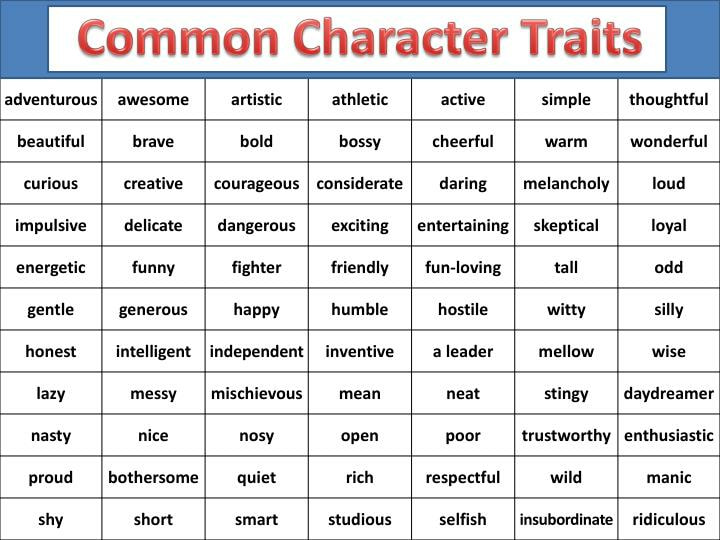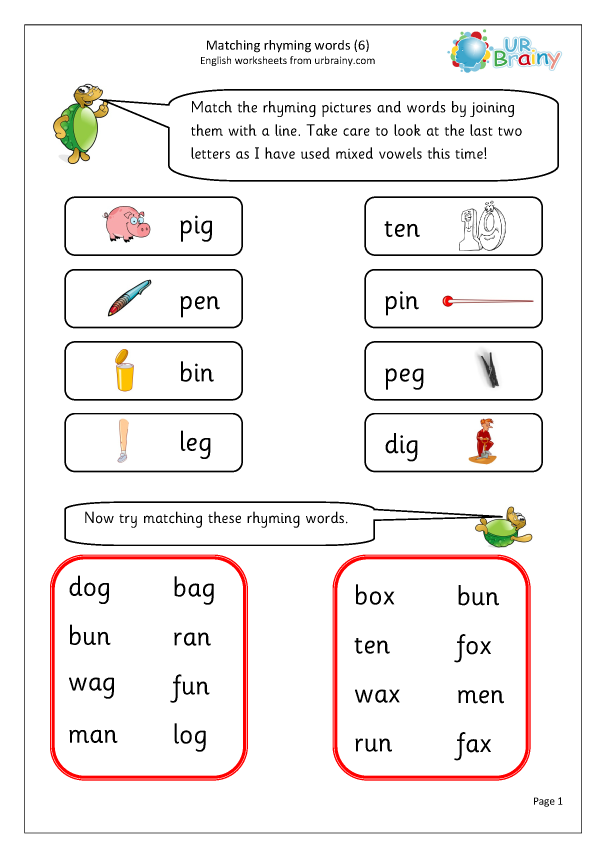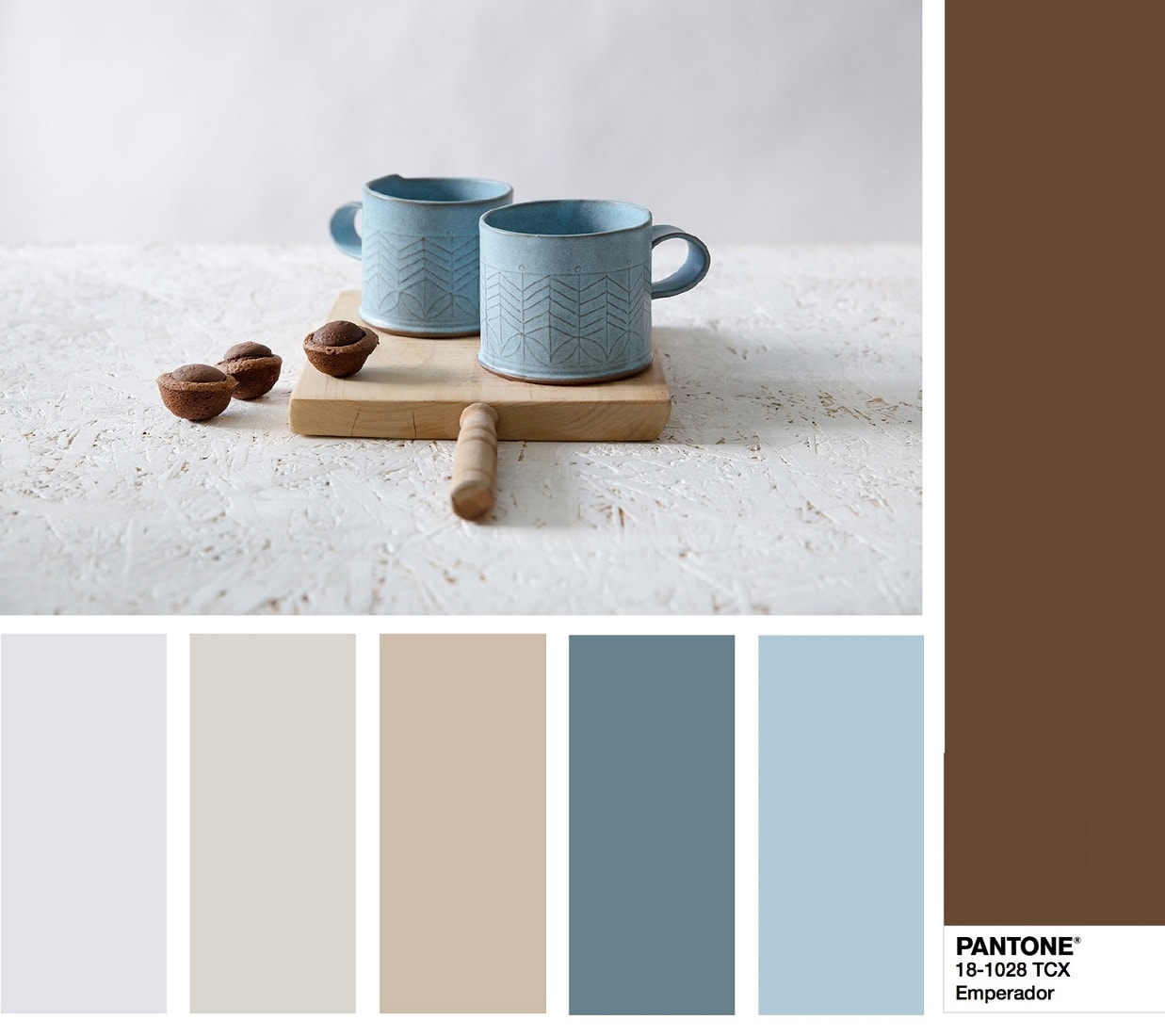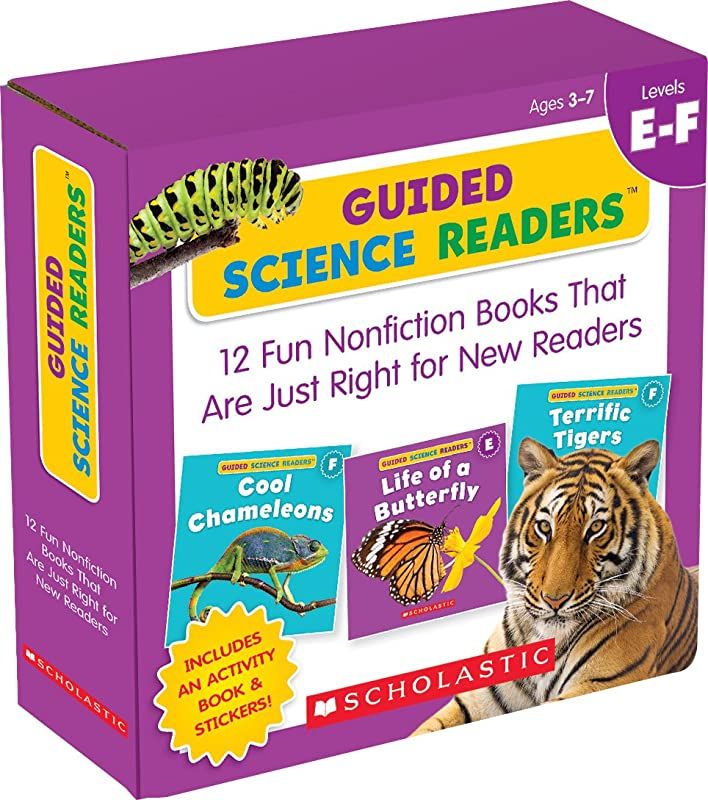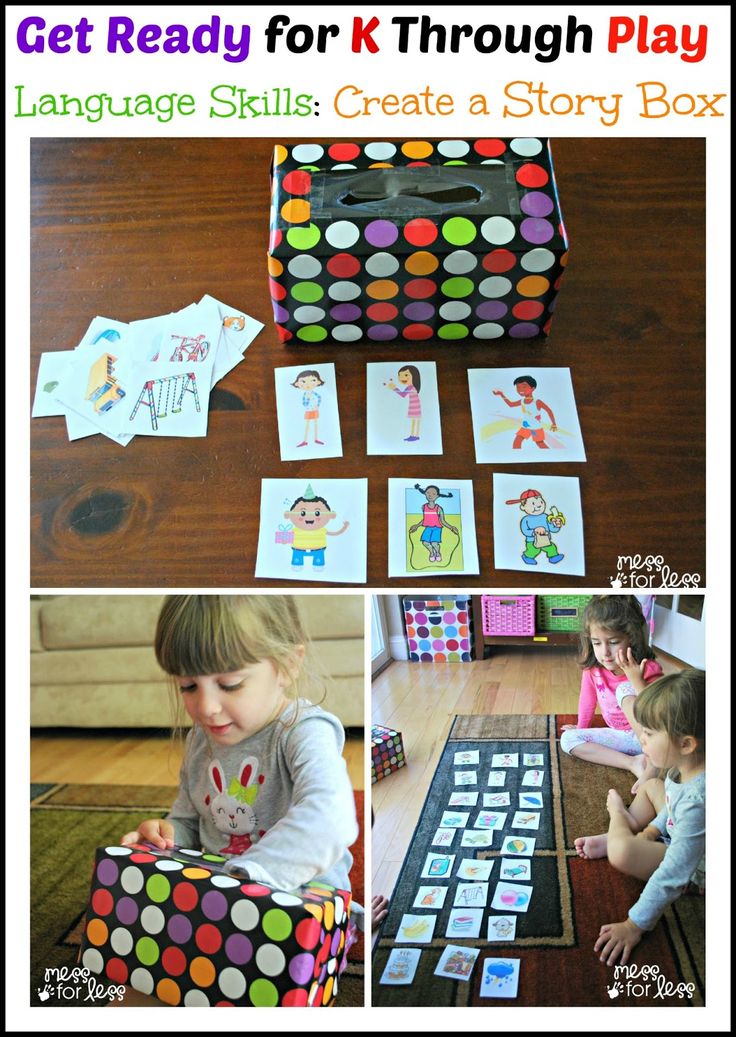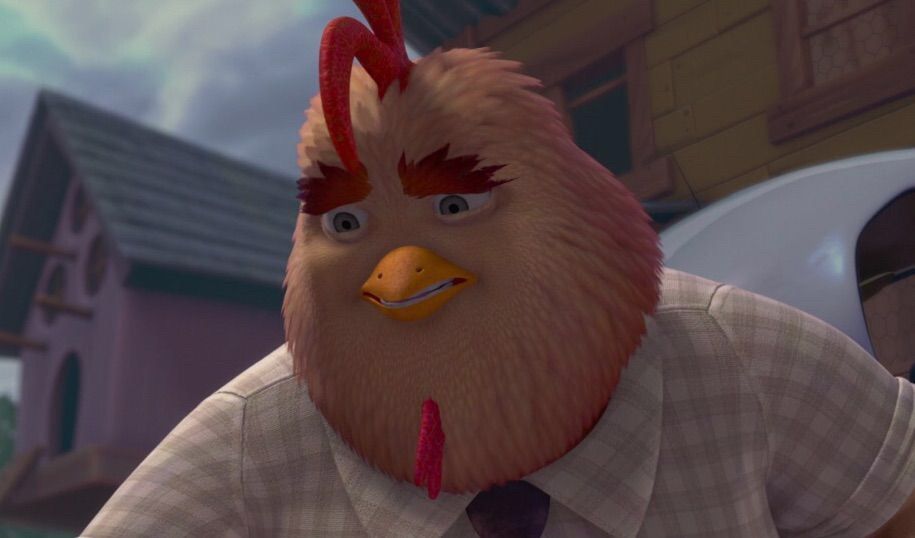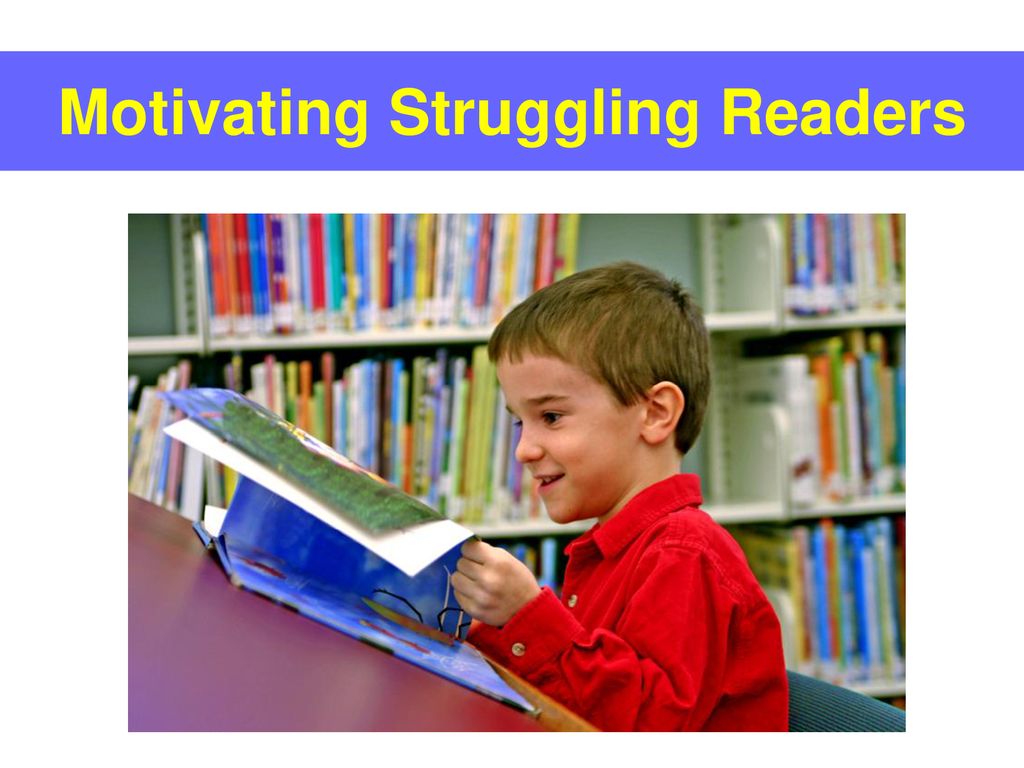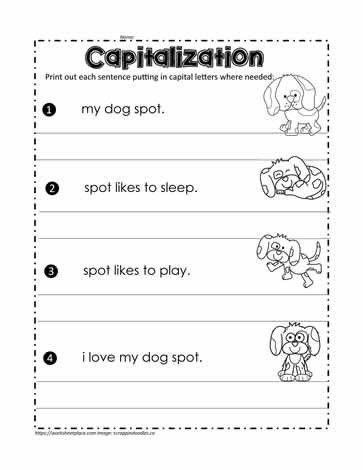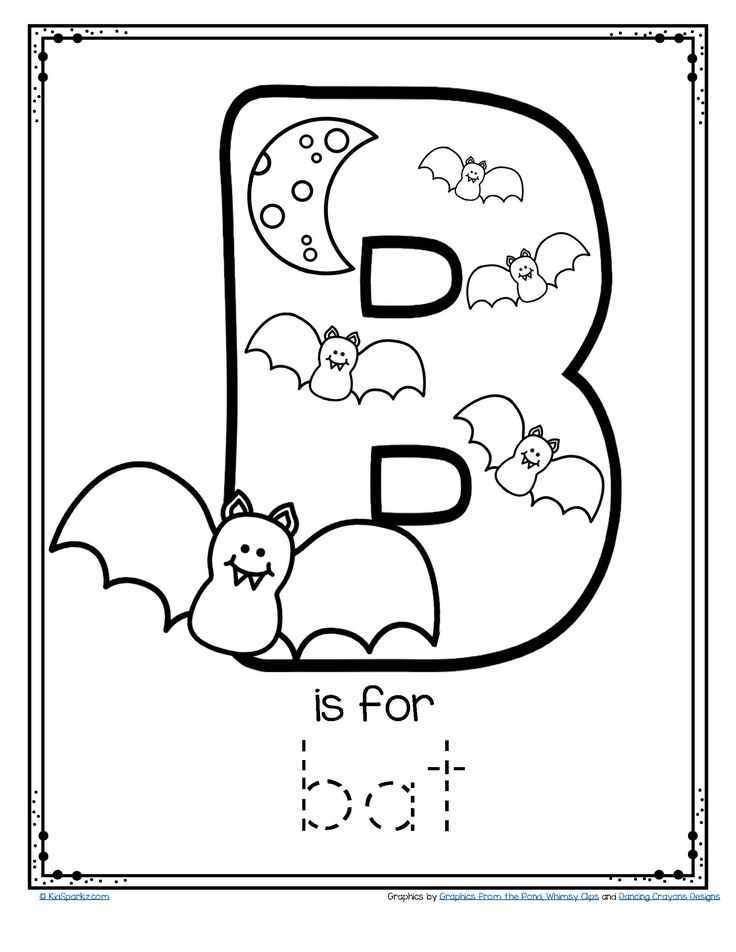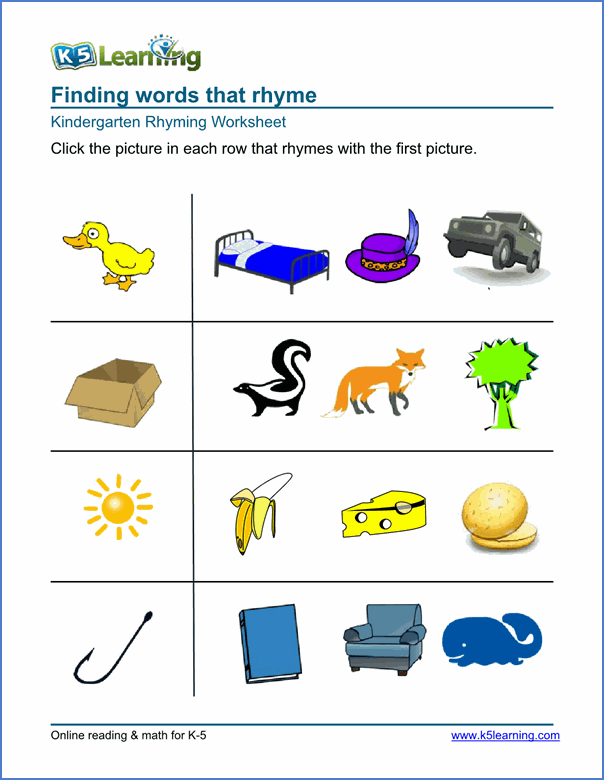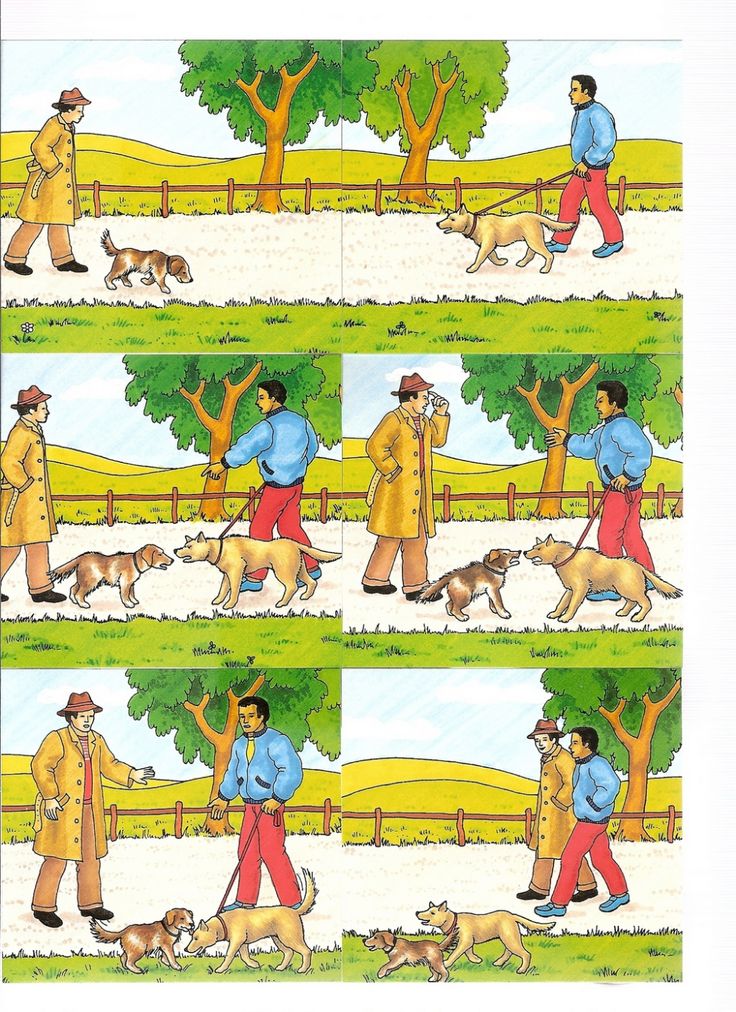Inventive spelling definition
Invented Spelling and Its Role in the Learning Process
When you live in a world filled with LOLs and BRBs, it’s not surprising to see many words with invented spellings. The trouble is, no award-winning author actually thought “tho” was the correct way to spell “though.” So, does invented spelling fit anywhere into the learning process? The honest answer is yes. Invented spelling isn't something that can be totally avoided. In fact, it's a natural part of developing spelling skills. Take a look at how to incorporate this simple fact of life into your next spelling lesson.
Children Drawing Invented Spelling
Advertisement
About Invented Spelling
Invented spelling, sometimes referred to as inventive spelling, is the practice of spelling unfamiliar words with an educated guess based on phonetic knowledge. Examples of invented spelling include:
- "iz" for "is"
- "flawrs" for "flowers"
- "is cream" for "ice cream"
- "lov" for "love"
- "prpul" for "purple"
- "culrs" for "colors"
- "difrint" for "different"
Invented Spelling Research
In 1975, linguist Charles Read conducted a study of preschoolers who were beginning to relate letter names to the sounds of the alphabet. He discovered that students commonly "invented" spellings for words in their daily vocabulary by rearranging letters to fit their perception of the rules of the English language.
Read concluded, "One sees clearly that different children chose the same phonetically motivated spellings to a degree that can hardly be explained as resulting from random choice or the influence of adults." A key takeaway from this study is that learning how to spell is much more than just memorizing words. It's a developmental process that goes far beyond just exploring the relationships between the symbols used to illustrate speech sounds. Thus, the process of invented spelling can play an important role in leading young learners to develop a deep, phonetically-based understanding of how to spell many words.
Key Considerations for Invented Spelling
Many teachers consider invented spelling to be a developmentally appropriate step in the early stages of a child’s reading and writing.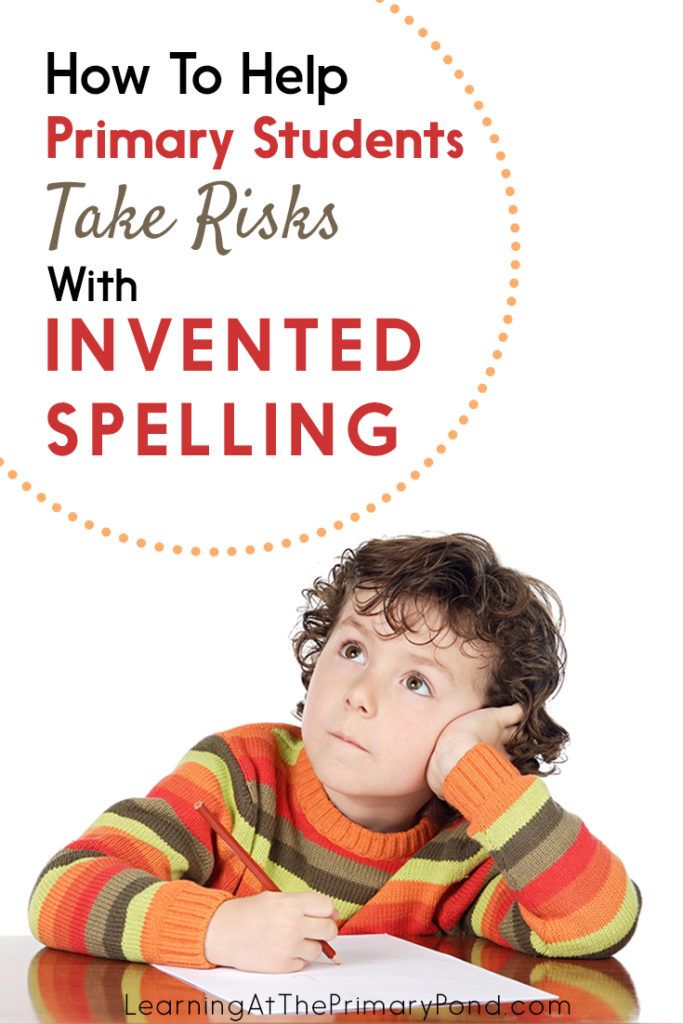 Proponents argue that invented spelling does not interfere with a child's ability to spell correctly in later years.
Proponents argue that invented spelling does not interfere with a child's ability to spell correctly in later years.
Invented spelling can be compared with the efforts a child makes when first learning to speak. A parent wouldn’t criticize a child's first attempts to reproduce the sounds of the verbal language. Accordingly, a child's efforts to master written communication skills should also be encouraged. After all, young learners have to start somewhere.
The Advantages of Invented Spelling
It's important to note that, from a technical standpoint, invented spelling is not an instructional technique. It’s merely a natural process that all children use as they’re beginning to write. There are advantages to incorporating invented spelling into the classroom. When monitored closely, it can offer a number of benefits for blossoming spellers.
- Invented spelling can help build a sense of confidence, pride and control over the learning process.
- It allows students to express themselves creatively through writing without worrying about the spelling of unfamiliar words.

- Writing using invented spelling techniques allows for extensive practice of phonics because students are using letters to represent the sounds they hear.
- Teachers can discover important information about a student's growing knowledge of phonemes by reading a composition that the student created using invented spelling techniques.
Advertisement
The Disadvantages of Invented Spelling
In a classroom where invented spelling is allowed, a teacher wouldn’t deduct points from the student's grade for misspelled words in a composition. The potential disadvantages of allowing invented spelling are probably what you’d expect.
- It may reduce the incentive for children to learn to spell words correctly.
- It could possibly lead to problems in communication since others may not always be able to decipher what the student has written.
- Highly logical children may become frustrated when the teacher doesn’t insist there’s only one correct way to spell a particular word.

Using Invented Spelling to Encourage Reading and Writing
Learning to spell, just like learning to speak, is an ongoing process. There are a few important tips to keep in mind if you are a parent or teacher of a child in a school where invented spelling is encouraged.
- Provide writing opportunities on a regular basis. At home, parents can encourage children to help prepare shopping lists, write letters to grandparents or make up a story for a younger sibling.
- Resist the urge to criticize or point out mistakes with what the child writes. The goal of invented spelling is to promote creative expression.
- Refer to the child's creative spellings by the title of "invented spelling" to help distinguish them from the correct conventional spelling.
- Ask children to read their writing aloud. This will help you decipher how they have spelled words while also giving them reading practice.
- Be sensitive to the struggles children face as they seek to master the written component of the English language.

Advertisement
Beyond Invented Spelling
As young learners start to move beyond invented spelling to mastering correct spelling, your approach to helping them build skills will need to change. Get ready to help your little learners build on their earliest spelling and writing skills. Start by learning how to teach sight words by grade level. Then, get ready to share fundamental spelling rules for everyone to know. Use fun spelling activities to help young learners build strong skills they'll be able to expand upon over time.
Staff Writer
- elementary school
- kindergarten
- preschool
Related Articles
Teaching Spelling in 1st Grade: Simple & Fun Ideas
By 1st grade, students are just learning how to read and write, let alone spell.
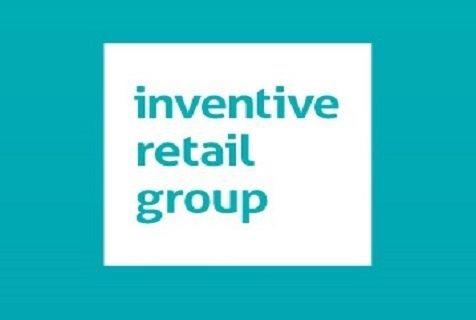 But this year is a foundational spelling year because it transitions 1st graders into different spelling strategies. If you do right by your first graders, they'll be on their way to being grammarians and spelling bee champions in no time. Keep reading for conventional spelling and phonetic spelling ideas on how to teach spelling words in 1st grade.
But this year is a foundational spelling year because it transitions 1st graders into different spelling strategies. If you do right by your first graders, they'll be on their way to being grammarians and spelling bee champions in no time. Keep reading for conventional spelling and phonetic spelling ideas on how to teach spelling words in 1st grade.Teaching Spelling in 3rd Grade: Best Ways to Make it Fun
By 3rd grade, students are moving away from techniques like invented spelling and phonetic spelling. They should know how to spell high-frequency words, spelling list words and unfamiliar words with a variety of different techniques — and those techniques can be fun! Keep reading for the best ways to teach spelling in 3rd grade.
Why Invented Spelling Matters - We Are Teachers
Topic: English Language Arts Grades: Kindergarten:
Invented spelling is a valuable stepping-stone on the literacy journey.
I’m a literacy specialist and the mother of a kindergartner. Therefore, I pay close attention to my daughter’s writing development. In less than a year’s time, I’ve noticed my daughter has evolved from telling a story in pictures to telling a story with pictures and words. As a result, she uses invented spelling with many words when she writes.
The mom in me wants my child to spell words correctly. However, the educator in me realizes she’s taking what she hears in speech and representing it in print. My daughter demonstrates what she knows about letter sounds and phonemic awareness when she invents the spelling of words. While she uses a word wall to help spell the “everywhere words” her class has learned, she makes her best attempt to represent the sounds she hears when she’s spelling everything else on paper.
Invented spelling is an analytical process.
In the early 1970s, a researcher named Charles Read asserted that young children’s attempts at spelling words were not displays of ignorance.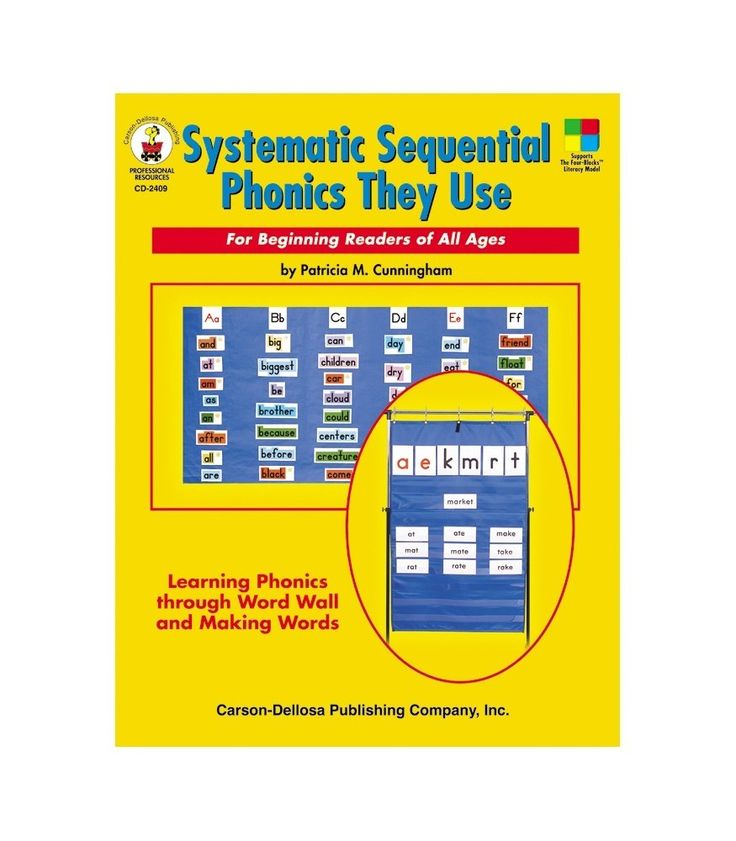 Rather, they were windows into each child’s word knowledge. Read coined the term “invented spelling,” which refers to the way a child spells words that aren’t stored in his/her memory phonetically. Earlier this year, Gene Oulette and Monique Sénéchal published a study on invented spelling. In it they state that “Allowing children to engage in the analytical process of invented spelling, followed by appropriate feedback, has been found to facilitate learning to read and spell, not hamper the process.” That’s right, we help students’ future success as readers by giving them the freedom to invent their own spellings when they write.
Rather, they were windows into each child’s word knowledge. Read coined the term “invented spelling,” which refers to the way a child spells words that aren’t stored in his/her memory phonetically. Earlier this year, Gene Oulette and Monique Sénéchal published a study on invented spelling. In it they state that “Allowing children to engage in the analytical process of invented spelling, followed by appropriate feedback, has been found to facilitate learning to read and spell, not hamper the process.” That’s right, we help students’ future success as readers by giving them the freedom to invent their own spellings when they write.
We need to encourage risk-taking in our young writers.
Encouraging invented spelling allows children to take risks. We must praise emerging writers for their spelling attempts rather than punish them for not getting it right. Remember, invented spelling isn’t an “anything goes” approach. Conversely, it’s a necessary stage to develop the proficiency as a competent and confident writer.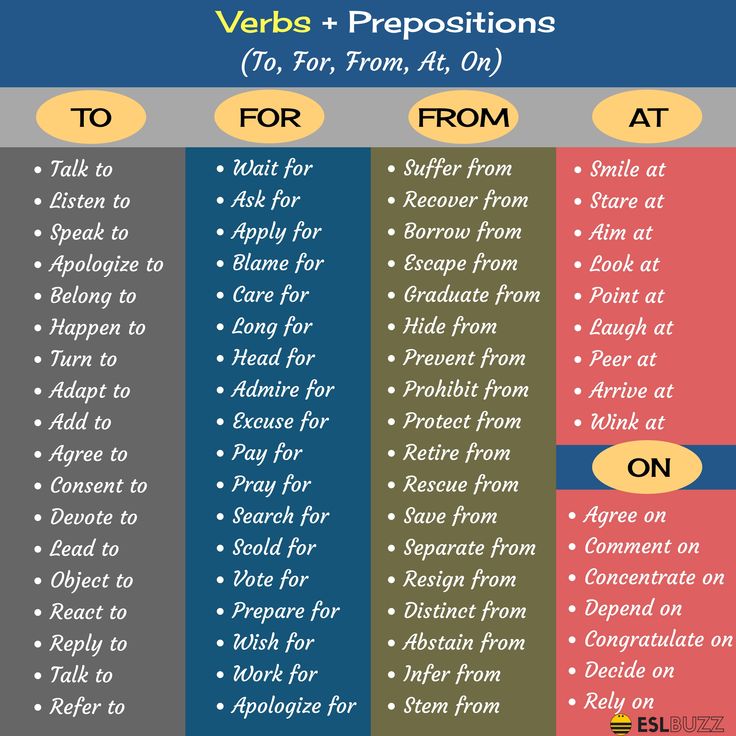
As kids move on through the primary grades, it’s important to teach them the difference between sloppy spelling (i.e., misspelling words they already know) and taking risks to try to spell new or less frequently used words. One way we can do this is by emphasizing using the most accurate spelling possible at all stages of the writing process rather than saving the fixing of spelling errors until they are polishing a piece for publication.
For a short while, invented spelling can be an appropriate strategy.
There is a point at which an invented spelling becomes a permanent misspelling. As children advance in school, we need to be observant about frequently misspelled words in children’s writing. Diane Snowball and Faye Bolton state: “If a child is beyond the phonetic stage of spelling and consistently spells went as whent or they as thay, you probably need to step in, particularly if it is high-frequency words that are being misspelled.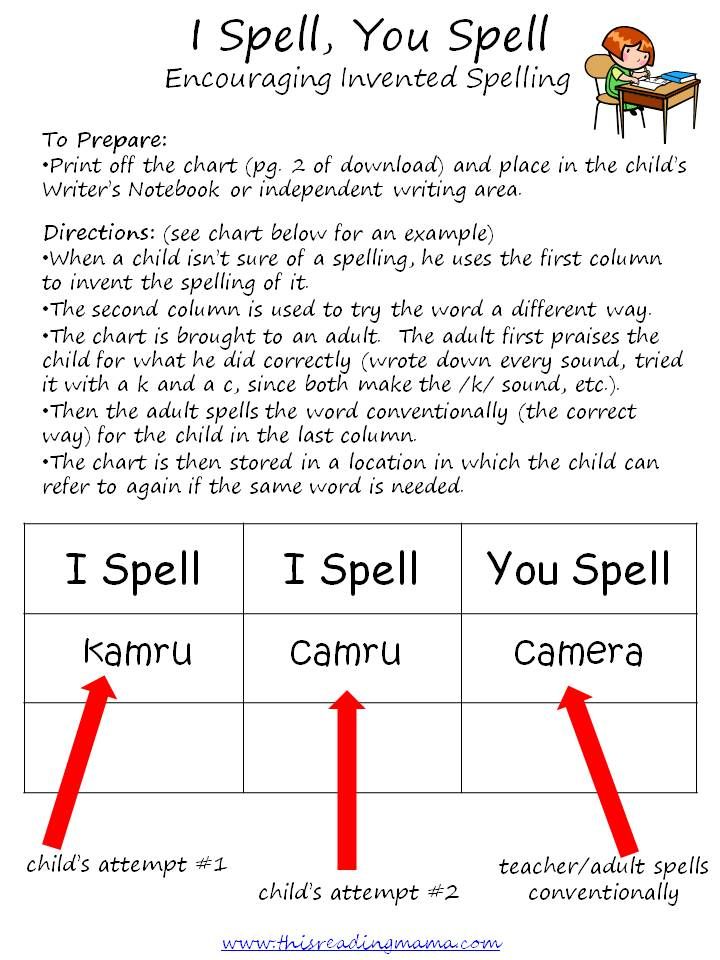 ” It will take practice and time to master the correct spelling of the word. But eventually, the correct spelling will become automatic.
” It will take practice and time to master the correct spelling of the word. But eventually, the correct spelling will become automatic.
In The Art of Teaching Writing, second edition, Lucy Calkins posits that “Our students need to realize that it’s okay to make editorial errors as they write; all of us do, and then we correct them as we edit. Although it’s important to teach our students to edit, probably the single most important thing we can do for their syntax, spelling, penmanship, and use of mechanics is to help them write often and with confidence.”
Let’s give our youngest writers the space they need to write with confidence.
Instead of worrying about conventional spelling, let’s praise children for their spelling attempts. There will be plenty of time for them to master conventional spelling in the years to come. For now, let’s put students on a path to success. Allow them to show us what they know about alphabetic knowledge and phonological awareness.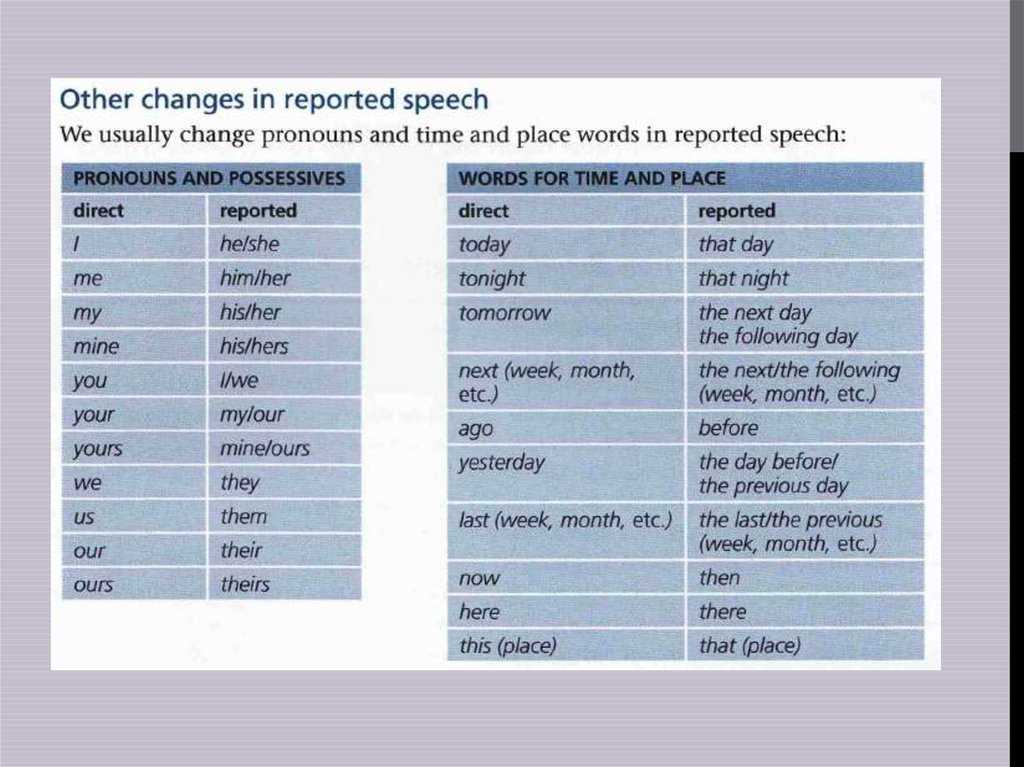 Give them the freedom to invent their own spellings.
Give them the freedom to invent their own spellings.
Master class "Using TRIZ techniques in elementary school"
Date: 02/12/2010
Author: Belyaeva Tatyana Petrovna
Learning based on the assimilation of specific facts has outlived itself in principle, 9004 for the facts quickly become obsolete, and their volume tends to infinity.
A. Gin
The most clear and concise ideal of the education system of the XXI century can be formulated as follows:0018 Teaching will be based on learning to think."
The most important moment in this educational process is the transition to conscious mastery of mental techniques and operations.
TRIZ is a theory of inventive problem solving , started by Genrikh Saulovich Altshuller and his colleagues in 1946.
The basis of TRIZ is a functional-system approach. By identifying cause-and-effect relationships and revealing hidden dependencies, the systems approach acts as a tool for analyzing situations and objects, and also makes it possible to organize information and draw conclusions. Performing analysis according to certain rules allows one to form the skills of such a skill and then, by analogy, use them in the analysis of any situations and objects.
Performing analysis according to certain rules allows one to form the skills of such a skill and then, by analogy, use them in the analysis of any situations and objects.
The peculiarity of TRIZ pedagogy lies in the fact that it offers algorithmic methods for the formation of a conscious, controlled, purposeful and effective process of mental activity, that is, it works to improve the culture of thinking.
As a result, students develop a thinking that is able to operate with the most general fundamental laws, master on their basis the particular laws of various sciences and explain the phenomena of the surrounding reality.
Initially, TRIZ, created about 50 years ago, was used only to solve engineering and technical problems, but has long since become a universal technology for analyzing and solving problems in various areas of human activity.
In the lessons using TRIZ, knowledge, skills and abilities are not transmitted from the teacher to the children, but are formed as a result of independent work with information.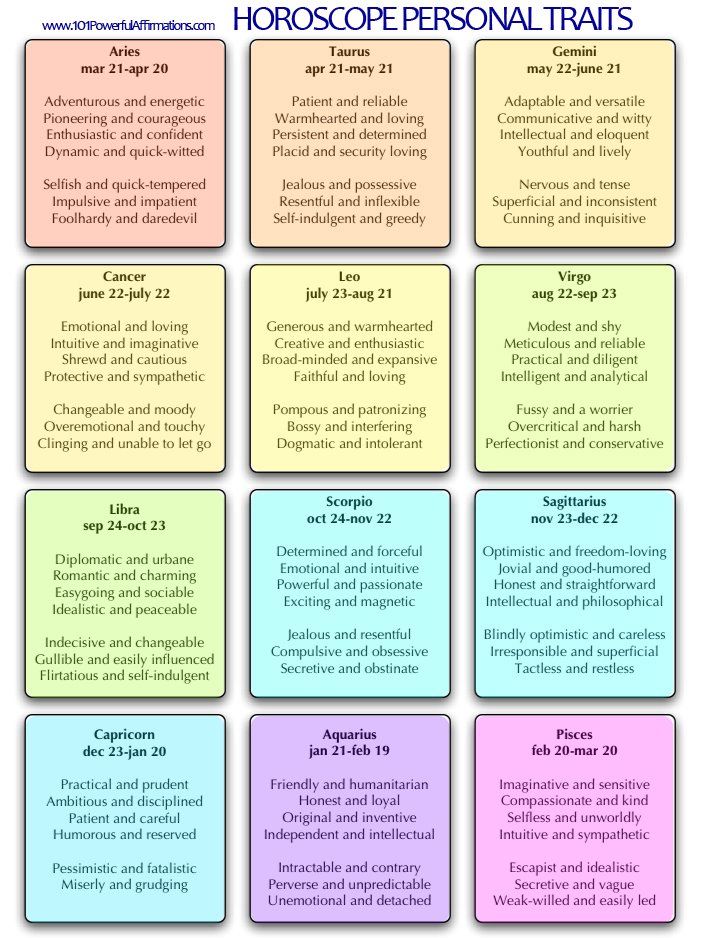
Today I use the following TRIZ techniques in my teaching activities:
- model “ Element - feature name - feature value ” to consider the constituent parts of the phenomenon under study and their meanings (the world around us, computer science, the Russian language (composing the lexical meaning of the word)).
- "Yes-no" - a method of narrowing the search by asking questions that can be answered "yes-no".
- model “ Morphological box / piggy bank ” for creating an information piggy bank and subsequent construction of definitions when studying linguistic, mathematical concepts. The model is used to collect and analyze information on given features, identify essential and non-essential features of the phenomenon under study. The piggy bank is universal, it can be used on various objects:
- in Russian - collection of word parts to construct new words; collection of lexical meanings of polysemantic words; compilation of synonymic and antonymic rows; a piggy bank of phraseological units and their meanings; a piggy bank of words containing a certain spelling; piggy bank of related words;
- Mathematics – collection of problem elements (conditions, questions) for constructing new problems; compilation of piggy banks of mathematical expressions, quantities, geometric shapes for their subsequent analysis and classification;
- in the surrounding world - piggy banks of various species of animals and plants;
- on literary reading - piggy bank of rhymes, metaphors; a piggy bank of personal qualities for the characteristics of heroes.
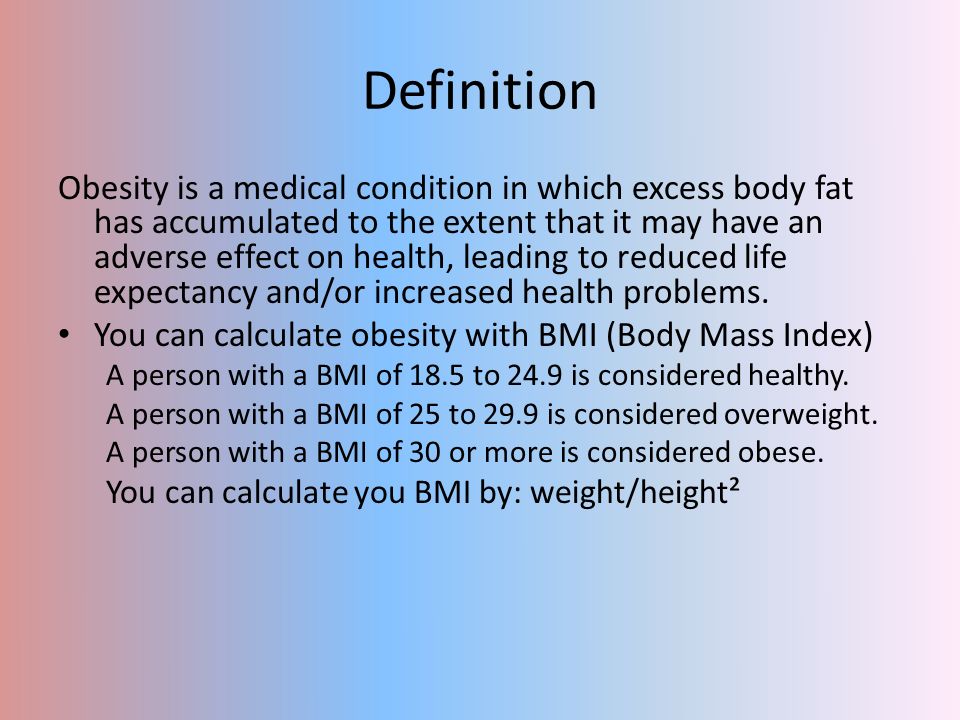
- “ System elevator” to consider parts of the object under study and the object as part of another larger object (the world around us, Russian language).
- model “ Create a passport ” for systematization, generalization of the acquired knowledge; to highlight the essential and non-essential features of the phenomenon under study; creating a brief description of the concept under study, comparing it with other similar concepts (Russian language, mathematics, the world around us, literature). This is a universal technique for compiling a generalized description of the phenomenon under study according to a certain plan. Can be used to create characteristics:
- in literary reading - heroes of literary works;
- on the outside world - minerals, plants, animals, parts of plants, body systems;
- in mathematics - geometric figures, mathematical quantities;
- in Russian - parts of speech, parts of sentences, parts of a word, lingu.
 terms.
terms.
- “ Drawing up a plan / storyboard ” for drawing up a simple and detailed plan of the read work (literature).
- “ Method of Little People” to create an idea of the internal structure of animate and inanimate bodies, objects (the surrounding world).
I will give examples of the use of TRIZ techniques in the classroom.
Russian:
In the first lessons on the study of the section “Word and its meaning” (grade 2), the model “Element - feature name - feature value” was used to construct the lexical meaning of familiar words (for example, school, school desk, textbook). To do this, students were asked to answer the questions: “What class of subjects does it belong to? What material is the item made of? What is it for?" The students wrote down: “School is a building made of brick, wood, concrete, a place where they study”, “a desk is a piece of furniture made of wood, people sit at it at school”, “a textbook is a book that they study at school”.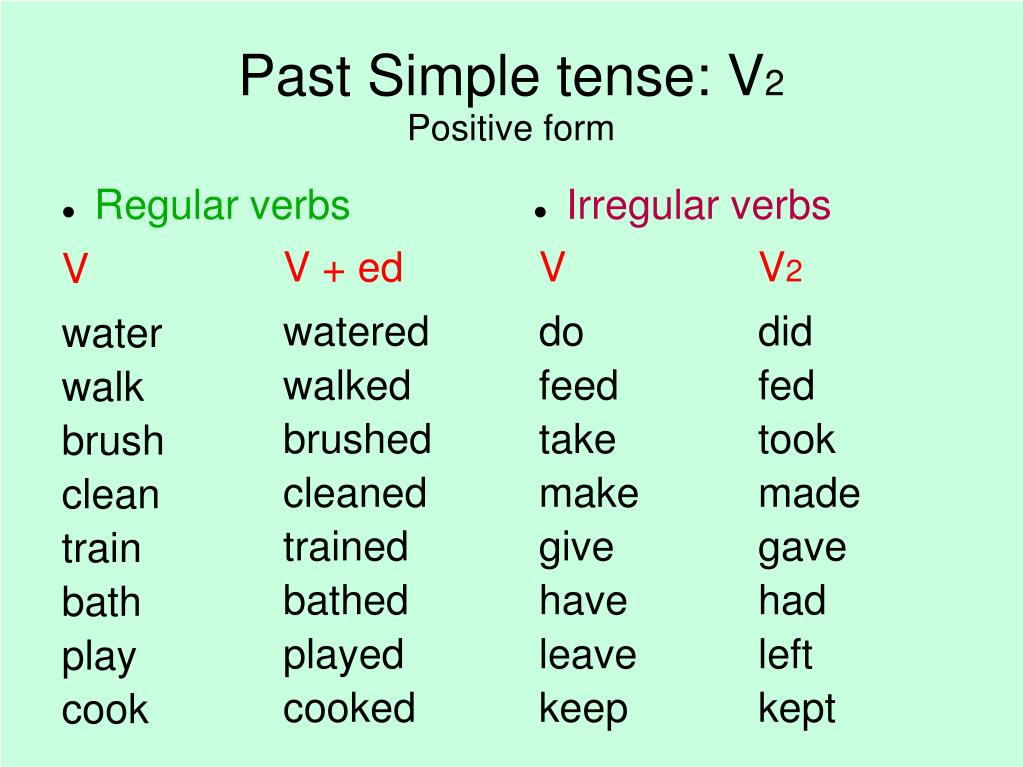 The obtained characteristics of the objects were compared with the lexical meaning of the word in the explanatory dictionary. The lexical meaning of the word, compiled on the same questions, was also offered, and the students had to guess the word.
The obtained characteristics of the objects were compared with the lexical meaning of the word in the explanatory dictionary. The lexical meaning of the word, compiled on the same questions, was also offered, and the students had to guess the word.
The same model was used in the subsequent lessons of the "Vocabulary" section to form an idea of polysemantic words. The model made it possible to come to the realization that polysemantic words have something essential in common in all meanings (for example, the root of a tree, a tooth, a word is what is the main, basic, without which they cannot exist; the meanings of a word are formed by the similarity of the denoted given word of objects and phenomena of reality).
Such work made it possible to realize the concept of "lexical meaning of the word", "multi-meaning words", to increase interest in the study of the Russian language. Students began to create their own explanatory dictionaries, exchange them, compose and make riddles for each other about polysemantic words.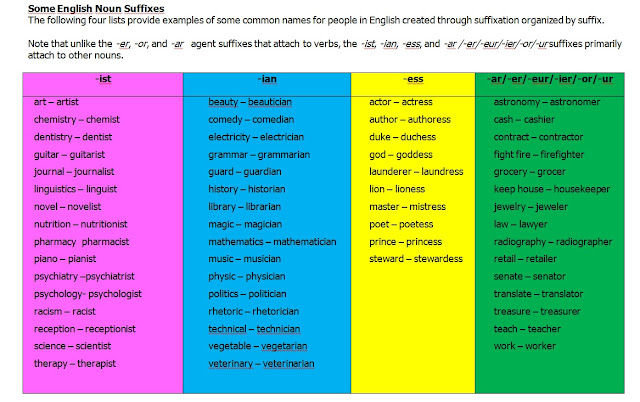
Math:
At the lessons of acquaintance with polygons (grade 2), students collected a piggy bank of geometric shapes, and then, based on its analysis, they constructed a definition of a polygon and divided the polygons into groups. As a result of such work, each student made up morphological box geometric shapes.
Further work was carried out on the classification of each subgroup of polygons. For example, on the basis of the collected piggy banks of quadrangles, the concepts of a rectangle, square, rhombus, trapezium were introduced, their essential features were considered. The work with the piggy bank has been going on all these years. At the beginning of the 4th grade, it was supplemented with volumetric figures (cone, cylinder, polyhedra), polyhedra were classified (pyramid, cube, rectangular parallelepiped). And recently they turned to the piggy bank of the 2nd grade and, using the knowledge acquired in the fourth grade, built a classification of triangles according to the types of angles and sides and with its help introduced the concepts of isosceles, equilateral, scalene triangles, as well as acute-angled, obtuse-angled and right-angled.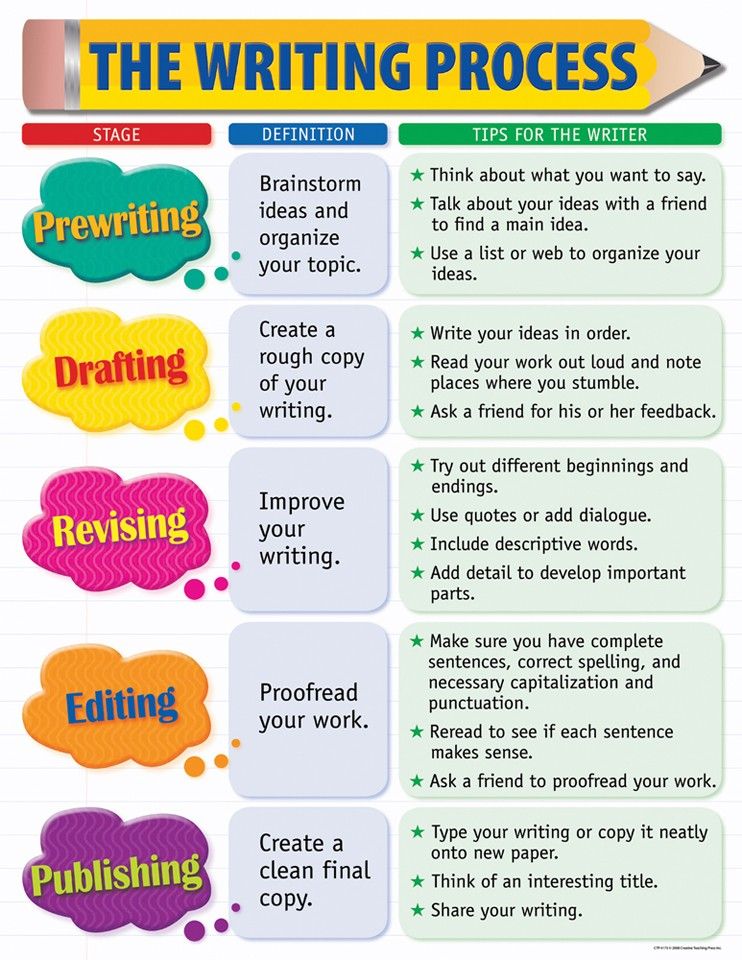
Such work made it possible to realize the concept of "polygon", "polyhedron", to increase the cognitive activity of students in mathematics lessons. Students with interest began to look for polygons and polyhedra in the objects around them. We tried to convert polygons into polyhedra and wondered what this type of polyhedron is called (for example, if you make a three-dimensional figure consisting of trapezoids or rhombuses).
Environment:
In the 1st grade, when getting acquainted with solid, liquid and gaseous bodies of nature, she used " the method of little men" . Explaining the internal structure of bodies and their properties, I said: “The bodies that surround us consist of little men, but they are very small and we cannot see them. Little men are the molecules that make up substances. They are constantly moving. There are a lot of people in a solid body, they hold hands and stand close to each other, in liquids people stand more freely and other people can “pass” between them, and in gases the distance between people is the largest.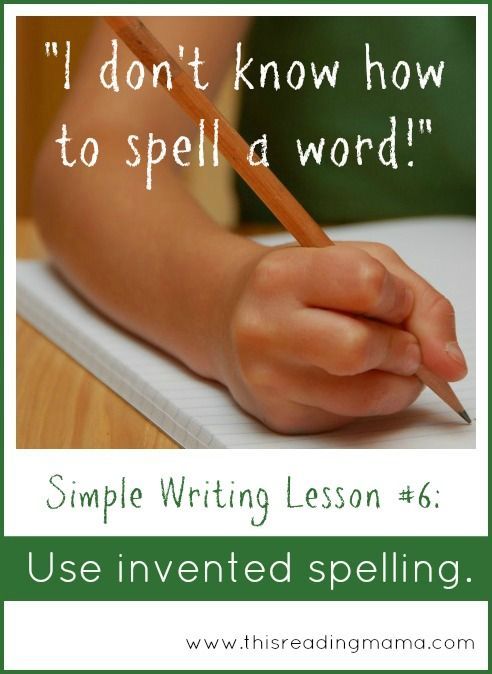 The transfer of "information" is fastest in solids, then in liquids, and slowest in gases." The properties of solids, liquids and gases were modeled by the children themselves. They showed the heating of iron, water and air; transmission of sound and smells. The students independently answered the questions: “Why is it impossible to pass a hand through a solid body, but it is possible to pass through a liquid one? Why does a liquid take the shape of a vessel? Why does the smell of perfume spread throughout the room?
The transfer of "information" is fastest in solids, then in liquids, and slowest in gases." The properties of solids, liquids and gases were modeled by the children themselves. They showed the heating of iron, water and air; transmission of sound and smells. The students independently answered the questions: “Why is it impossible to pass a hand through a solid body, but it is possible to pass through a liquid one? Why does a liquid take the shape of a vessel? Why does the smell of perfume spread throughout the room?
system elevator was very useful when getting acquainted with the solar system (grade 3). Using the example of an elevator, we updated the necessary knowledge and moved on to studying new material:
"Classroom → first floor → school → Zelenaya street → Leningradsky district → Kaliningrad city → Northwestern Federal District → Russian Federation → mainland Eurasia → Northern hemisphere → planet Earth → Solar system → Milky Way galaxy → Universe.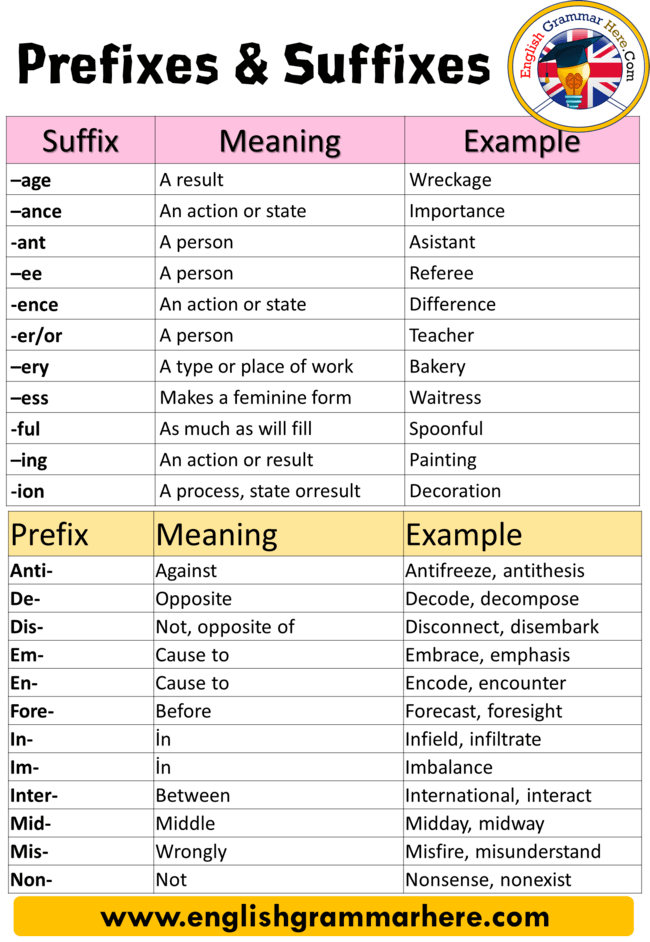 "
"
Schoolchildren from the first grade are looking forward to such lessons from the world around them, discovering new knowledge with pleasure and interest. And I am sure that they will use this knowledge only for the benefit of the world around them.
Literary reading:
When drawing up a work plan, I use the technique of the storyboard . Each frame is a schematic representation of the events taking place with the characters. A frame change is a change in the place of action, a change in the situation for the hero (from positive to negative or vice versa).
Be sure to create a passport of a literary hero . For example, my children created such a passport while studying the work of P.P. Ershov "Humpbacked Horse":
Name - Ivan
Author (creator) - P.P. Ershov
Registration - Russian fairy tale "Humpbacked Horse"
Where lives - in the city capital
Serve - groom to the king
Special signs - brave, cunning, curious, carries out all the orders of the king, without making any special efforts (Humpbacked horse helps him in everything)
Supporting words for the passport are chosen by the students themselves.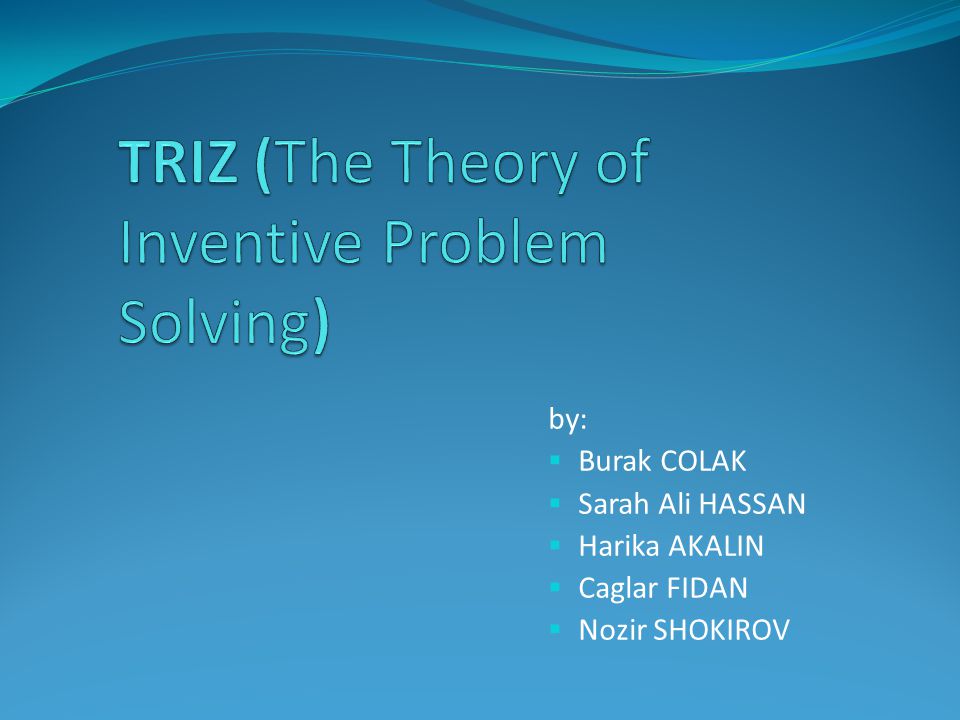 Here are some examples of passports from the work of A. Volkov "The Wizard of the Emerald City":
Here are some examples of passports from the work of A. Volkov "The Wizard of the Emerald City":
Name - Scarecrow the Wise
Creator of - A. Volkov
Registration - fairy tale "The Wizard of the Emerald City"
Appearance - straw effigy, painted face, worn blue caftan, threadbare hat, old blue knee boots
Where first encountered - blue hedge pole
Personality - funny, good-natured, curious, a little silly
Wish - brains, because I wanted to be smart
Name - Tin Woodman
Creator of - A. Volkov
Registration - fairy tale "The Wizard of the Emerald City"
Appearance - a man made entirely of iron
Where it first occurs - near a cut tree in the thicket of the forest
Personal qualities - strong, dexterous
cherished desire - heart
Name - Cowardly Lion
Creator of - A.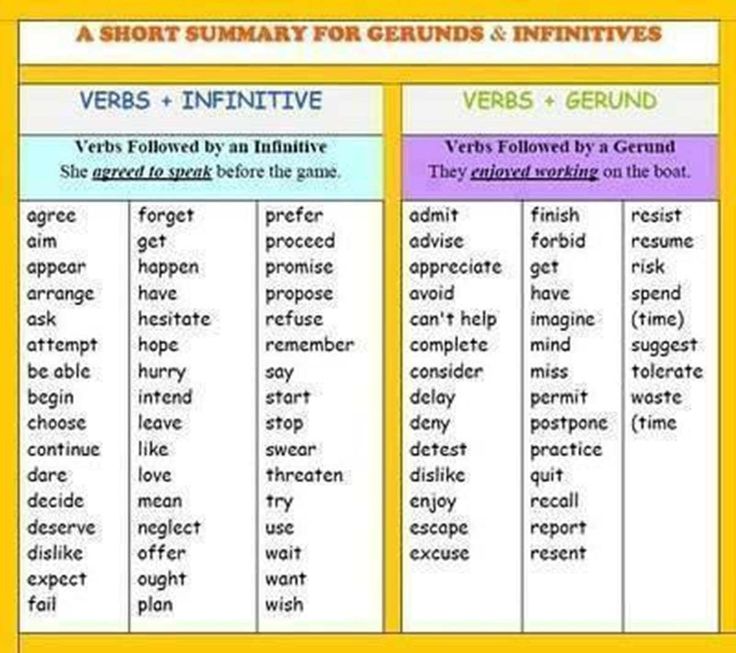 Volkov
Volkov
Registration - fairy tale "The Wizard of the Emerald City"
Appearance - huge, huge lion
Where it is first encountered - in the forest on the road
Personal qualities - at the first meeting, in order to hide his cowardice, he roared terribly and attacked the small and weak
cherished desire - courage
According to the compiled passports of heroes, I conduct quizzes with students, for this I mix the left and right parts of the passport and ask them to restore them. I compose fabulous letters in which I describe the events that happen to the hero, but do not name him, the task of the students is to name the hero, the author and the work.
The use of TRIZ techniques in literature lessons contributes to the formation of attentive, conscious reading skills, instills interest and love for reading fiction.
Fragment of the lesson "Spelling a soft sign at the end of nouns"
(use of yes-no to form the topic of the lesson, repetition of the material covered)
1 . Stage call :
Stage call :
I guessed the word. It is among the words written on the board. By guessing it, you can find out the topic of our lesson. I will prompt you, answering your questions, but I can only answer yes or no.
On the desk:
save cloud, key, night, daughter, task, candle, thing, bream, mouse, pencil, youth, luggage, bake, guard
Possible student questions:
- about part of speech
- about the presence of b at the end of the word
- about the number of a noun
- about the gender of a noun
- the number of syllables in a word
- about the lexical meaning of the proposed word
The hidden word is a new vocabulary word - B A GAZH. Form single-root words (baggage, trunk).
What can you say about a vocabulary word? (noun, m.p. with a hissing at the end - without b).
It will help to formulate the topic of the lesson.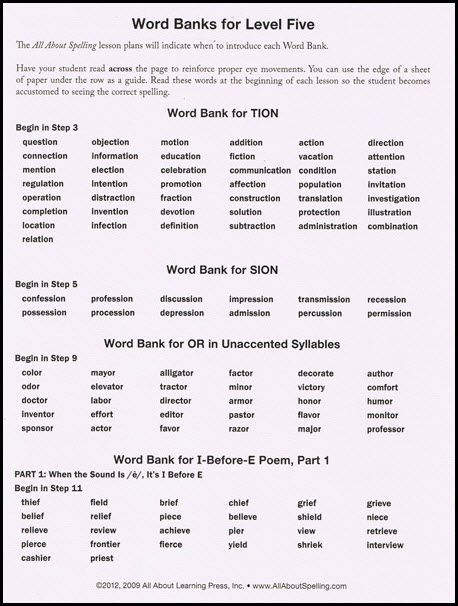 (Nouns with a sibilant end. Spelling b)
(Nouns with a sibilant end. Spelling b)
2nd stage of reflection:
What characteristics of a noun do we know? (genus, number)
Name the nouns that end with b. What can be said about them? (single, female)
Name the nouns that do not end with b. What can be said about them? (pl., s.m.s.)
Therefore, when is b written? (for verbs, for nouns in the singular female)
And now let's open the textbook on page 138 and check what the topic of our lesson is and whether we correctly deduced the spelling rule b after hissing
Fragment of the lesson "Number of nouns"
(compiling a bank of words that have only singular or plural form)
1. Call stage
Read the words written on the board. What can be said about them? What unites words? (n.)
pies, newspapers, apples, task, enemy, lake, milk, watch, chocolate, scissors
What groups can they be divided into?
a) dictionary / non-dictionary
Name vocabulary words (apple, pie, milk, chocolate, newspaper)
b) words in the singular and in the plural
2nd stage of reflection
- Write the words in 2 columns (singular, plural) and determine the gender of the nouns - check verbally
- What did you notice? ( for plural words, gender can be determined only if they are translated into singular )
- What do you think we will do at the lesson? (gender and number of nouns)
I wonder if it is always possible to do this? - this will be the problem of our lesson
Let's open the textbook on page 141 and check our conclusion.
control 1 - commenting at the blackboard according to the model:
wind (singular) - m.p., leaves (pl.) - leaf (sing., m.p.), puddles (pl. .) - puddle (singular, f.r.), clouds (pl.) - cloud (sing., f.r.), sky (sing., w.r.), sun (singular, s.r.), birds (pl.) - bird (singular, f.r.), rainbow - rainbow (sing., f.r.), pencils – pencils (plural) – pencil (singular, m.s.)
ex. 2 - work in pairs
tree - trees, bird - birds, honey - ?, milk - ?, kindness - ?, pie - pies
What did you notice? ( not all words can be pluralized )
There are probably other words that are used only in the singular. Let's start collecting a piggy bank of such words (fill the piggy bank)
Is there such a word among the words on the board? (chocolate)
Reading the rubric 'Secrets of the language' (p. 142) about words used only in the singular.
ex. 3 - work in pairs
hide and seek - ? , apples - apple, plums - plums, cream - ? boots - boots, trousers - ?, knives - knife
What did you notice? ( not all words can be put in the singular form )
There are probably other words that are used only in the plural.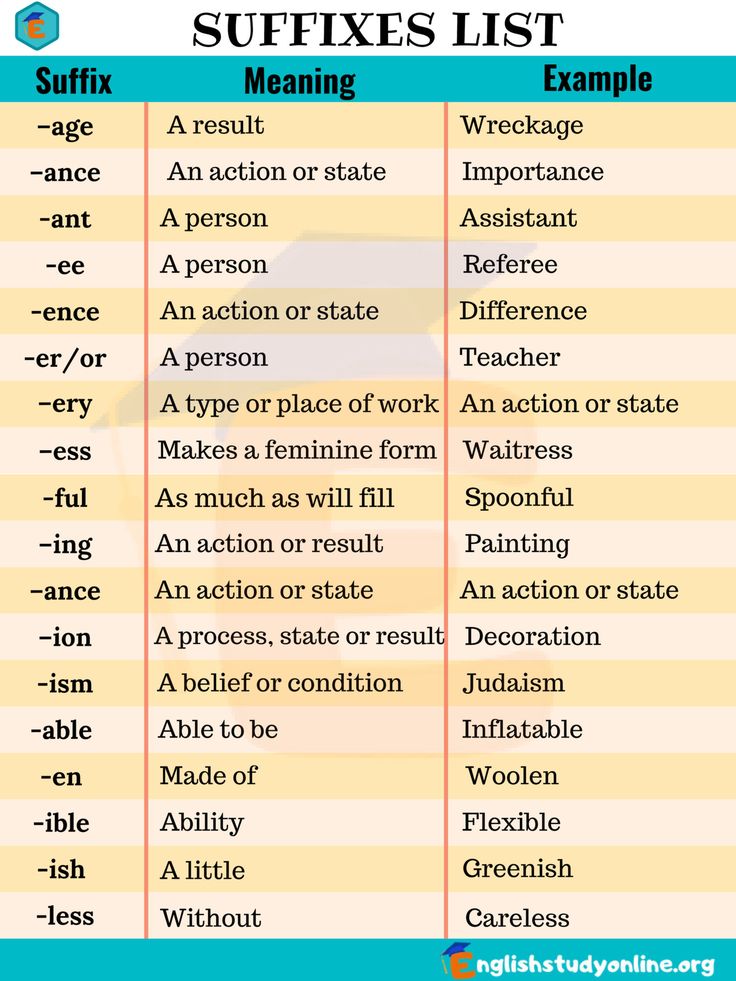 Let's start collecting a piggy bank of such words (fill the piggy bank)
Let's start collecting a piggy bank of such words (fill the piggy bank)
Is there such a word among the words on the board? (scissors, watch)
Reading the rubric 'Secrets of the language' (p. 143) about words that are used only in the plural. What do you think, are the words spirit, hour, weight a singular form of the words spirits, hours, scales? Why/Prove (words have different lexical meanings)
Money box “Number of nouns”
| Singular | Plural |
| Milk | Scissors |
| Chocolate | Watch |
| Honey | Cream |
| Kindness | Pants |
Next news
news
Civil Code of the Russian Federation Article 1350. Conditions for the patentability of an invention \ ConsultantPlus
Civil Code of the Russian Federation Article 1350.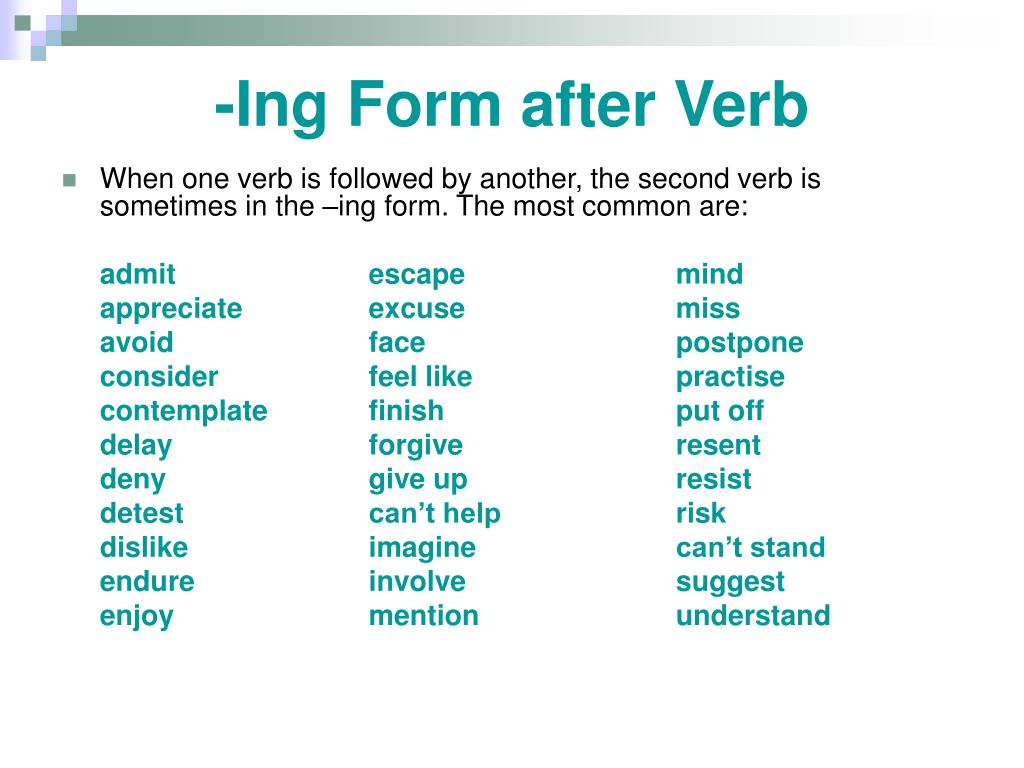 Conditions for the patentability of an invention
Conditions for the patentability of an invention
Prospects and risks of arbitration disputes. Situations related to Art. 1350 of the Civil Code of the Russian Federation
- A potential right holder wants to challenge the refusal to grant a patent for an invention (utility model) (recognition of it as invalid) as an industrially inapplicable technical solution novelty or inventive step
1. A technical solution is protected as an invention in any field relating to a product (in particular, a device, a substance, a strain of a microorganism, a plant or animal cell culture) or a method (the process of performing actions on a material object using material means), in including the use of the product or method for a specific purpose.
(as amended by Federal Law No. 35-FZ of March 12, 2014)
(see text in previous edition)
An invention is granted legal protection if it is new, involves an inventive step and is industrially applicable.
2.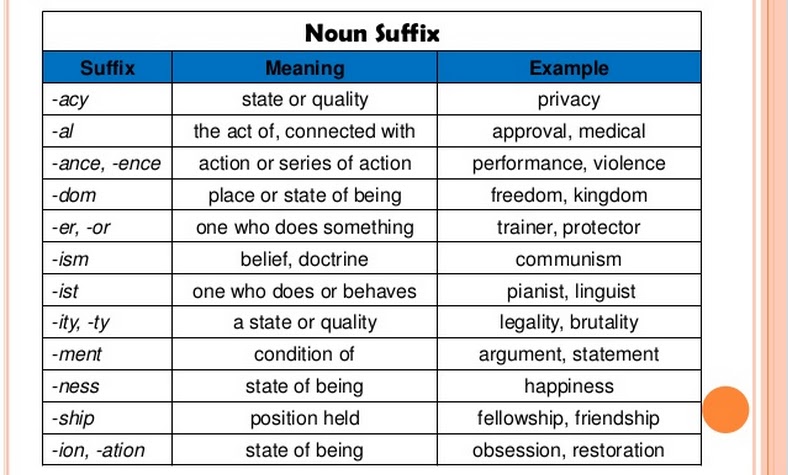 An invention is new if it is not known from the prior art.
An invention is new if it is not known from the prior art.
An invention involves an inventive step if it does not clearly follow from the prior art for a specialist.
The prior art for an invention includes any information that became public knowledge in the world prior to the priority date of the invention.
(as amended by Federal Law No. 35-FZ of March 12, 2014)
(see the text in the previous edition)
When the novelty of an invention is established, the state of the art also includes, subject to their earlier priority, all applications filed in the Russian Federation by other persons for the grant of patents for inventions, utility models and industrial designs, with documents of which any person is entitled to familiarize himself in accordance with paragraphs 2 and 4 of Article 1385 or paragraph 2 of Article 1394 of this Code, and inventions, utility models and industrial designs patented in the Russian Federation.
(as amended by Federal Laws No.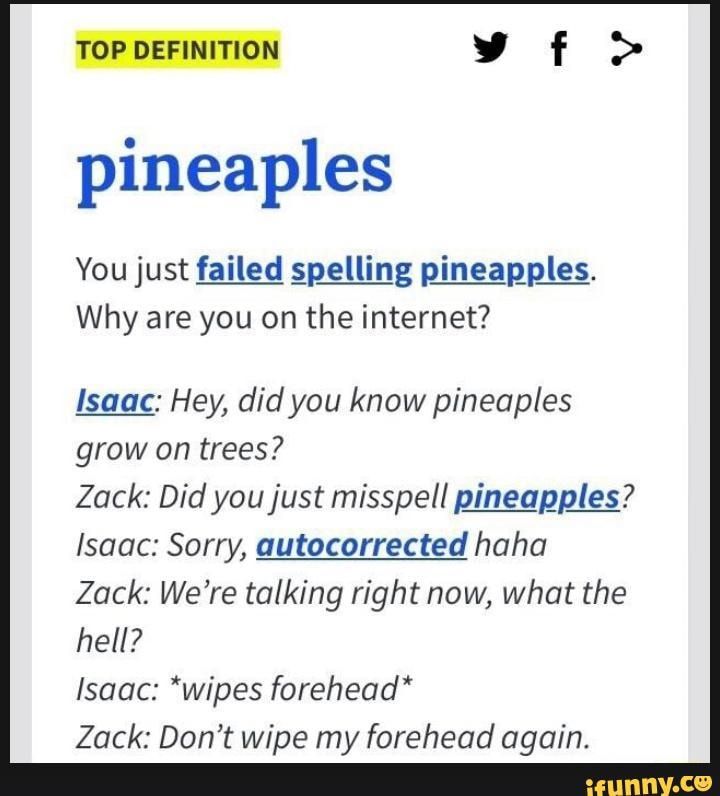 35-FZ of March 12, 2014, No. 549-FZ of December 27, 2018)
35-FZ of March 12, 2014, No. 549-FZ of December 27, 2018)
(see the text in the previous edition)
the applicant or any person who received this information directly or indirectly from them (including as a result of exhibiting the invention at an exhibition), as a result of which information about the essence of the invention became publicly available, is not a circumstance preventing the recognition of the patentability of the invention, provided that the application for a patent for an invention is filed with the federal executive authority for intellectual property within six months from the date of disclosure of information. The burden of proof that the circumstances by virtue of which the disclosure of information does not prevent the recognition of the patentability of the invention occurred, lies with the applicant.
(as amended by Federal Law No. 35-FZ of March 12, 2014)
(see the text in the previous edition)
sectors of the economy or in the social sphere.